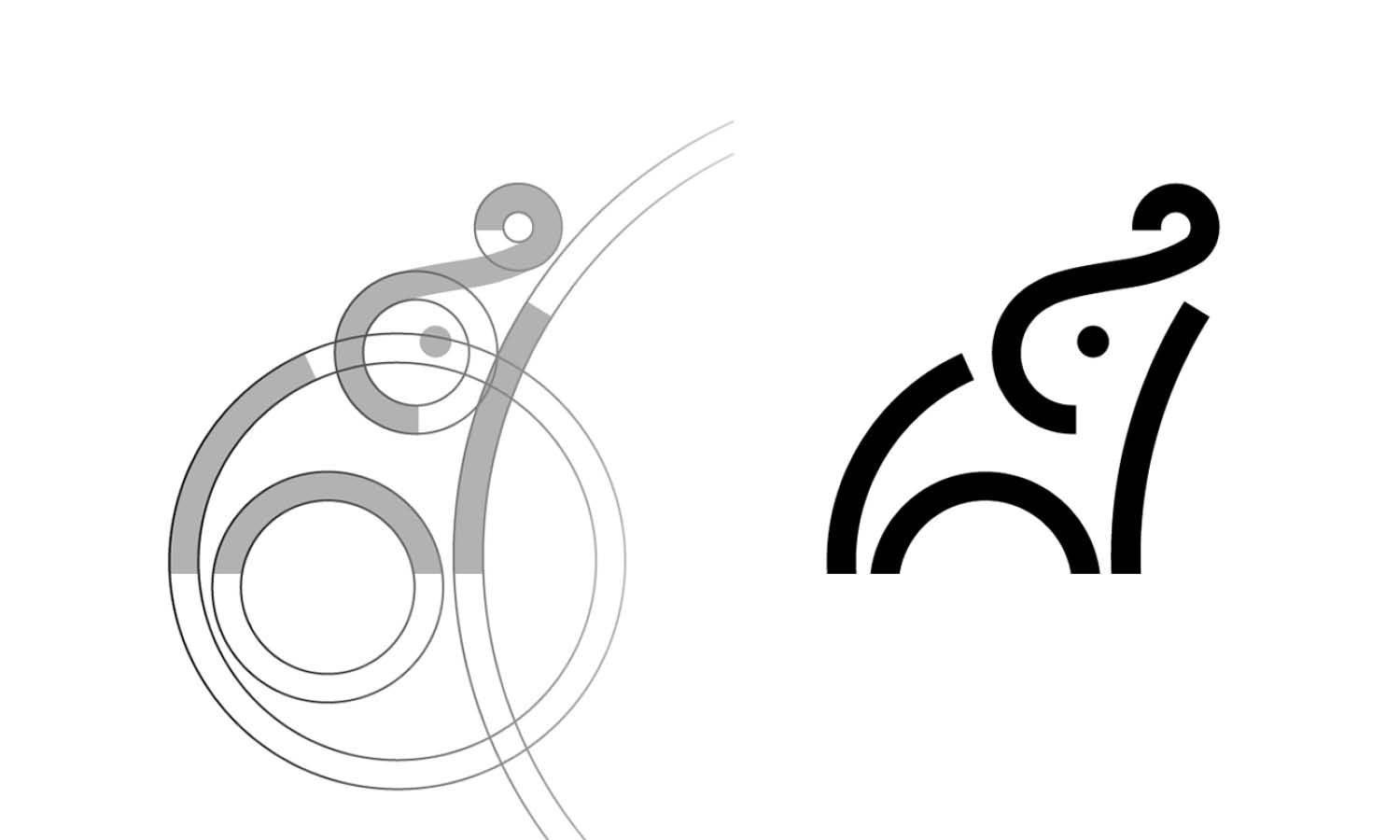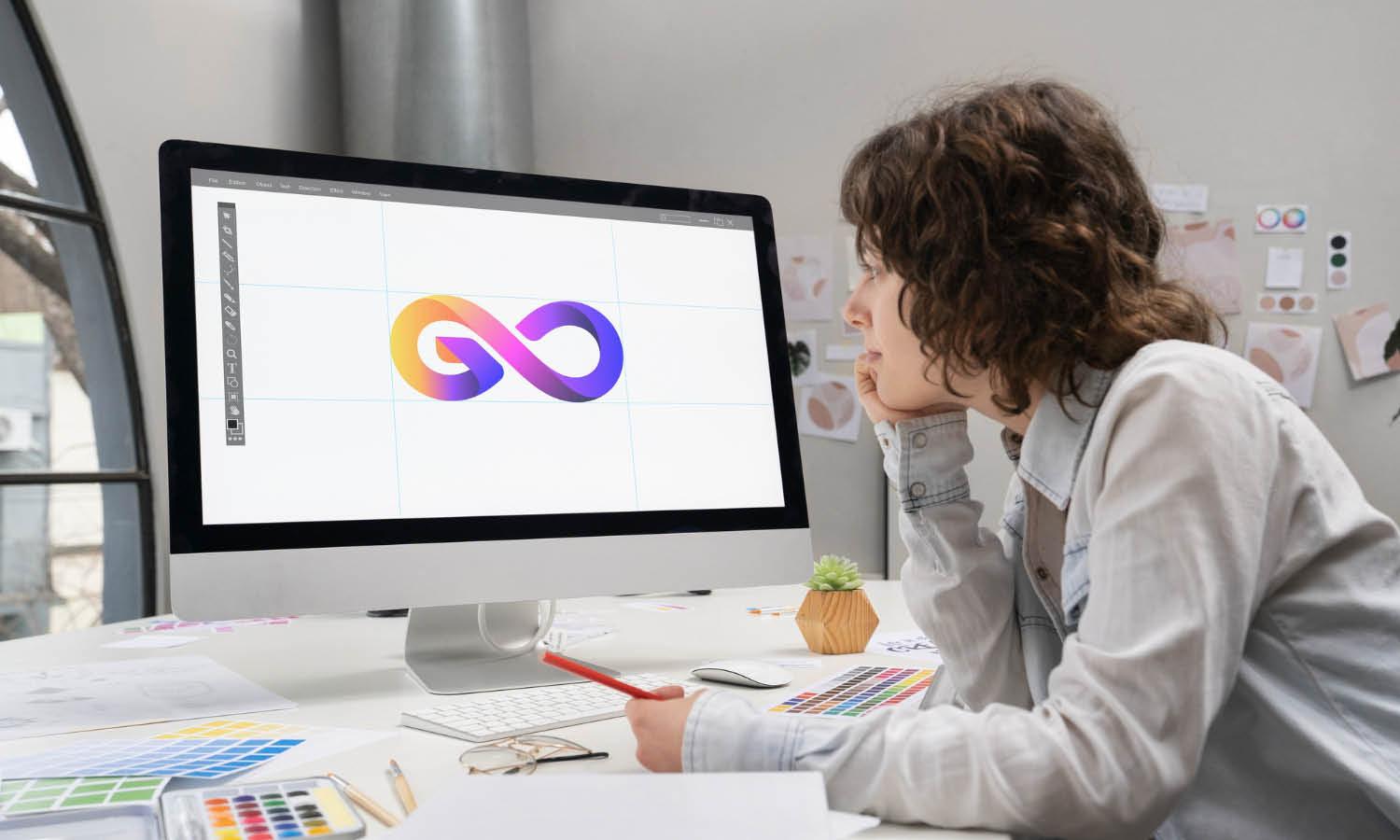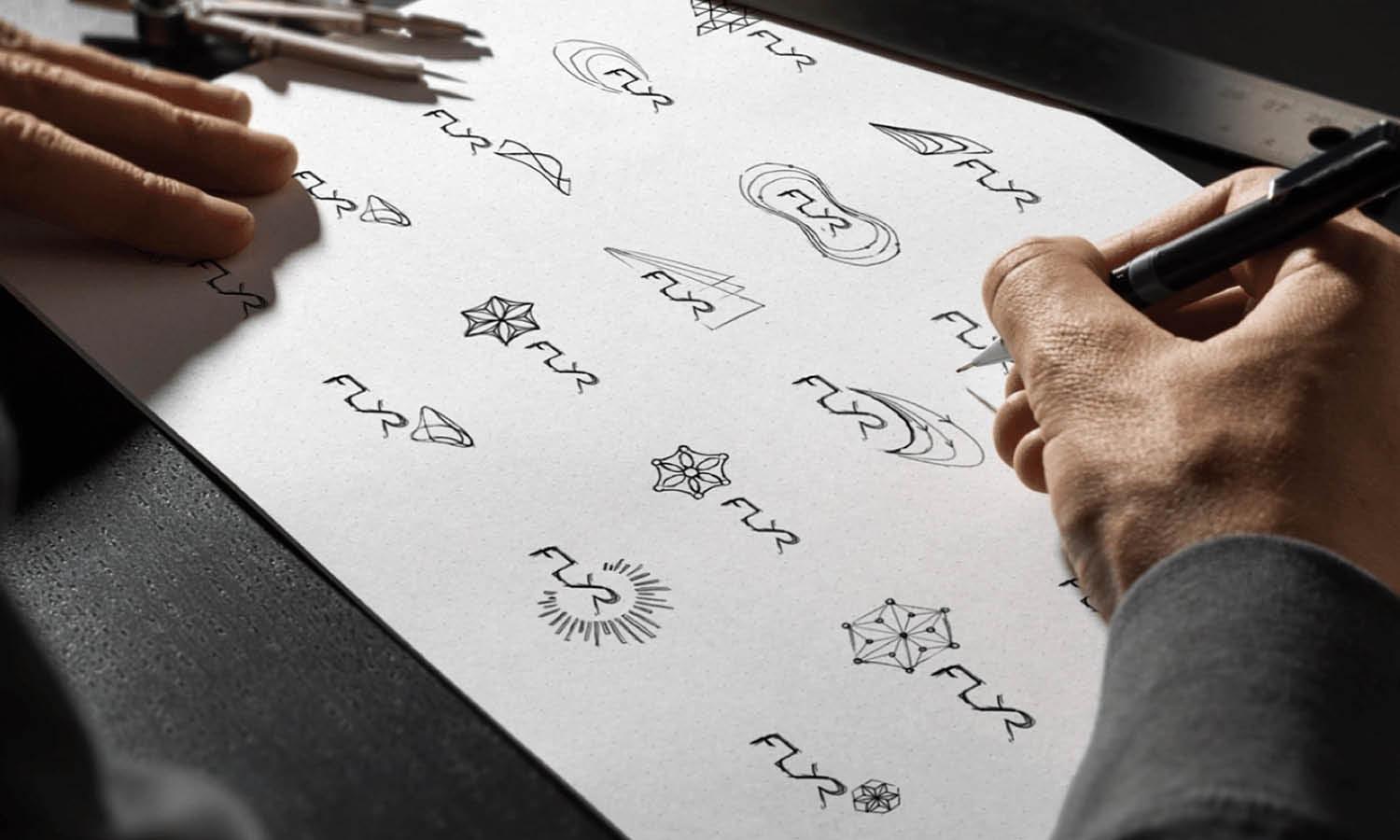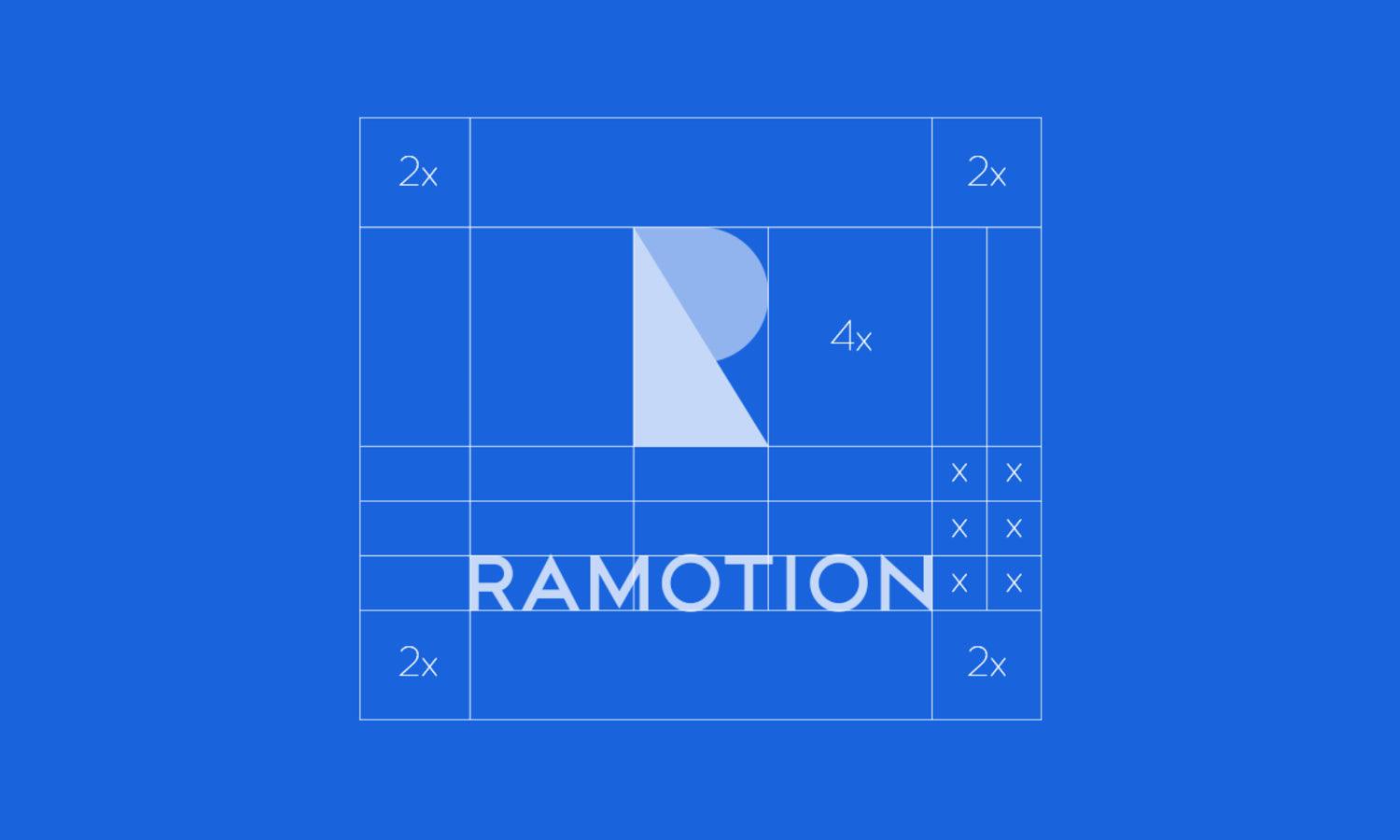Here's Why Logo Redesign is Essential for a Long Term Business

Source: Paulius Kairevicius, Syntropy Logo Design, Dribbble, https://dribbble.com/shots/17458031-Syntropy-Logo-Design
A logo, often the most immediate visual representation of a company, plays a crucial role in branding and customer perception. Over time, what once was a cutting-edge design can become outdated, or business expansions and shifts in corporate vision can render old branding misaligned with current objectives. This is where the concept of logo redesign becomes indispensable. It’s not merely about changing a graphic but revitalizing a brand’s identity to meet the evolving market demands and maintaining relevance in a competitive landscape.
Redesigning a logo for long-term business success involves strategic planning and a deep understanding of both the brand's heritage and its future direction. It ensures that the brand does not just keep up but stands out, continually resonating with both existing customers and new prospects. This process of renewal is vital in maintaining a strong, adaptable brand that can thrive in the ever-changing business environment.
Keeps the Brand Modern
In the fast-paced world of business, maintaining a modern and relevant brand image is crucial. A logo redesign serves as a powerful tool in this endeavor, allowing companies to refresh their visual identity and align with contemporary design trends. This proactive approach ensures that a brand remains appealing and relatable to its audience, particularly as consumer preferences evolve. By updating their logos, businesses can communicate their commitment to innovation and their understanding of current market dynamics. A modern logo can make a brand more visible and attractive in crowded markets, enhancing its competitive edge.
Moreover, it plays a pivotal role in digital platforms where visual impressions are immediate and impactful. A logo redesign that embraces modern aesthetics can transform a brand's image, making it more engaging and accessible to a broader audience, thereby fostering a stronger connection with consumers and enhancing the overall perception of the brand. This strategic update not only revitalizes the brand but also reinforces its market position for long-term business success.
Reflects Business Evolution
A company's logo is a reflection of its identity and core values. As businesses grow and evolve, their original logos might no longer represent their expanded services, new products, or altered corporate ethos effectively. Implementing a logo redesign can adeptly symbolize this evolution, marking a new era for the company while maintaining a link to its heritage. This evolution in branding is essential as it communicates to stakeholders and customers alike that the company is responsive to change and committed to progress. A redesigned logo can better represent the refined direction of the company, whether it's targeting new markets, embracing technological advances, or expanding its scope of operations.
It also helps in maintaining relevance and resonance with an evolving customer base, ensuring that the brand remains strong and coherent in the face of change. For long-term business sustainability, a logo redesign is not just an aesthetic update but a crucial part of strategic branding that reflects the company's ongoing commitment to innovation and adaptation.
Enhances Brand Visibility
A logo redesign is a strategic move that can significantly enhance a brand's visibility. By updating the visual elements of a logo, businesses can capture the attention of a broader audience, making the brand more recognizable and memorable. A fresh, modern logo can stand out in the saturated market, attracting new customers and re-engaging existing ones. This renewed visual identity helps to ensure that every encounter with the brand—be it on digital platforms, advertisements, or packaging—makes a strong and positive impression. Enhanced visibility is crucial for long-term business success, as it directly influences consumer perceptions and decision-making processes.
A well-designed, contemporary logo serves not just as a brand marker but as a beacon that draws consumers towards the business, highlighting its presence and relevance in the ever-evolving market landscape. With a logo redesign, companies can ensure that their brand stays visible and vibrant, effectively communicating its values and capabilities to the audience.

Source: Ahmed, Logofolio Vol.08, Ahmed, Dribbble, https://dribbble.com/shots/18957101-Logofolio-Vol-08
Differentiates from Competitors
In today's competitive business environment, standing out is more crucial than ever. A logo redesign can provide the distinctive edge a business needs to set itself apart from competitors. By crafting a unique visual identity, companies can highlight their unique selling propositions and core values through their logos. This differentiation is vital as it not only captures consumer interest but also fosters brand loyalty. A redesigned logo that resonates with the audience on an emotional or aesthetic level can significantly influence brand preference and retention.
It serves as a silent ambassador of the brand's unique qualities and ethos, making a compelling case to consumers about why they should choose one brand over another. For businesses aiming for long-term success, a logo that differentiates effectively can be a key asset, creating a lasting impression that keeps the brand preferred and front-of-mind. A strategic logo redesign can thus transform a brand's identity, making it distinctly recognizable and preferred in a crowded marketplace.
Boosts Marketing Efforts
A logo redesign can significantly boost marketing efforts by providing a fresh hook that reinvigorates interest in a brand. This updated visual identity can be leveraged across all marketing channels, from digital advertising and social media to traditional print and broadcast media. A new logo serves as the centerpiece of promotional campaigns, creating a sense of novelty and excitement that can attract media attention and consumer curiosity. Moreover, a redesigned logo can help clarify brand messaging, ensuring that it aligns with current marketing goals and the brand’s evolved positioning.
This consistency across marketing initiatives enhances the effectiveness of communication strategies, making them more impactful. By refreshing its logo, a business can rejuvenate its entire marketing approach, potentially leading to increased customer engagement, higher conversion rates, and a stronger overall brand presence. The introduction of a new logo can serve as a catalyst for redefining a brand's narrative, making every marketing effort more vibrant and aligned with the long-term business objectives.
Improves Brand Consistency
Logo redesign plays a crucial role in improving brand consistency across various platforms and touchpoints. As businesses expand and evolve, their branding can become fragmented across different mediums and markets. A redesigned logo can serve as a standardizing force, ensuring that all visual communications are unified and consistent. This consistency is vital for building brand recognition and trust among customers. It reinforces the brand's identity and ensures that every interaction with the brand delivers a cohesive experience.
Whether viewed on a website, social media, or physical products, a consistent logo helps maintain a professional appearance and strengthens the brand’s credibility. Moreover, a consistent visual identity helps to avoid customer confusion and reinforces brand recall, which is essential for long-term business success. By investing in a logo redesign, businesses can ensure that their brand remains relevant, recognizable, and respected, regardless of where or how it is encountered.
Adapts to New Media
In the digital age, the media landscape is continuously evolving, presenting new channels and formats for brand engagement. A logo redesign can ensure that a brand remains effective and impactful across these varied media. Modern logos must be versatile, scaling across devices from large billboards to tiny mobile screens without losing clarity or impact. A redesign can address these technical demands by creating a logo that is not only visually appealing but also highly functional across digital and traditional media. This adaptability is crucial for maintaining a strong brand presence as new platforms emerge and consumer behaviors change.
For instance, a logo that is optimized for digital use often incorporates simpler, cleaner lines that are more legible on screens and more easily adapted for use in animations or interactive contexts. By redesigning their logo with these considerations in mind, businesses can ensure that their brand identity thrives in the digital realm and stands out in the fast-paced, ever-changing media environment, ultimately supporting long-term business growth.

Source: Kyle Anthony Miller, Votion, Dribbbble, https://dribbble.com/shots/18888391-Votion
Increases Appeal to New Demographics
As markets evolve and new demographic groups emerge as key audiences, businesses must adapt to remain relevant. A logo redesign can be a strategic response to these demographic shifts, updating a brand's image to resonate with new customer segments. This could involve modernizing a logo to appeal to younger consumers or refining the design to reflect the values and aesthetics of a different cultural or socio-economic group. For example, a more vibrant and dynamic logo may attract a younger demographic, while a minimalist and sophisticated design might appeal to upscale consumers.
By strategically redesigning their logo, businesses can broaden their appeal and foster a deeper connection with a more diverse customer base. This not only expands their market reach but also reinforces the brand's adaptability and responsiveness to market trends. Ultimately, a logo that appeals to new demographics is crucial for driving long-term business success, as it ensures the brand remains attractive and relevant in a changing world.
Enhances Brand Recall
A well-executed logo redesign can significantly enhance brand recall, ensuring that a company remains top-of-mind among its target audience. Brand recall is the ability of consumers to remember and recognize a brand based on its logo and other brand elements. An updated logo that is visually compelling and memorable increases the likelihood of customers recalling the brand when making purchasing decisions. By modernizing the design with a clean, distinct, and relevant aesthetic, businesses can create a logo that is easier to recognize and remember.
Additionally, a redesigned logo that resonates emotionally with the audience enhances memorability, making it more likely to be recalled during purchase consideration. This heightened recall not only fosters customer loyalty but also drives word-of-mouth referrals as consumers are more likely to mention brands they easily remember. In the competitive marketplace, enhancing brand recall through a thoughtful logo redesign is a strategic investment that supports long-term business success by keeping the brand consistently present in consumers' minds.
Strengthens Corporate Identity
A logo is a powerful symbol of a company's identity, conveying its mission, vision, and values at a glance. A strategic logo redesign can significantly strengthen corporate identity by aligning the visual representation with the company’s evolving goals and values. As businesses grow and adapt to changing markets, their identity may shift to encompass new philosophies, products, or services. A redesigned logo can effectively communicate this evolution, ensuring that the brand identity remains relevant and cohesive. Additionally, a strong corporate identity enhances brand credibility and trust, influencing customer perceptions and fostering loyalty.
A redesigned logo that accurately reflects the company’s core essence strengthens internal alignment as well, empowering employees to represent the brand with pride and consistency. By reinforcing the corporate identity through a logo redesign, businesses can create a unified and powerful brand image that resonates with customers, stakeholders, and employees alike. This cohesive identity is crucial for maintaining a positive and influential presence, ultimately supporting long-term business success.
Conclusion
Logo redesign is not merely an aesthetic update; it is a strategic investment that drives long-term business success. By keeping the brand modern, reflecting business evolution, enhancing visibility, and appealing to new demographics, a redesigned logo reinforces brand identity and recall. It supports marketing efforts, ensures consistency, and sets a business apart from competitors. In an ever-evolving marketplace, a thoughtful logo redesign empowers a brand to remain relevant, influential, and memorable. For businesses seeking sustainable growth, logo redesign is an essential tool for maintaining a strong and adaptable brand identity.
Let Us Know What You Think!
Every information you read here are written and curated by Kreafolk's team, carefully pieced together with our creative community in mind. Did you enjoy our contents? Leave a comment below and share your thoughts. Cheers to more creative articles and inspirations!
















Leave a Comment